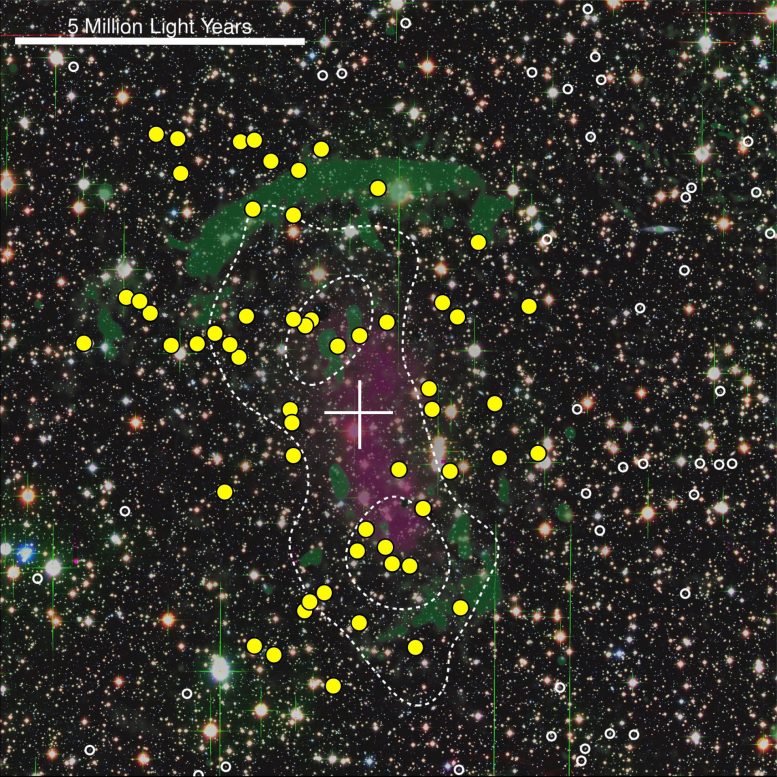
A composite image of the ‘Sausage’ merging cluster CIZA J2242.8+5310, made using data from the Subaru and Canada France Hawaii Telescopes. Yellow circles are cluster galaxies, where accelerated star formation is taking place; white circles indicate galaxies outside of the cluster; green marks regions of radio emission that traces shocks; purple marks the hot X-ray emitting gas. The cluster is one of the most massive in the Universe. Credit: Andra Stroe
Astronomers reach an important milestone in the study of cluster mergers, showing that member galaxies are still gas-rich and thus can form stars and stimulate the nuclear engine for a long time.
Most galaxies are members of a cluster, a grouping of several to thousands of galaxies. Our Milky Way, for example, is a member of the “Local Group,” a set of about fifty galaxies whose other large member is the Andromeda galaxy about 2.3 million light-years away. The closest large cluster of galaxies to us is the Virgo Cluster, with about 2000 members; its center is about 50 million light-years away. The clustering of galaxies influences how any particular member galaxy will evolve, but what happens and how it happens are not well understood. The cluster’s influences on the star-formation activity within its galaxies is a particularly interesting question because the star formation rate helps set the luminosity of a galaxy, its supernovae activity, and the processing of its hydrogen gas into heavier elements.
Astronomers think that when clusters merge, whatever effects they have on star formation should be accentuated. Published results, however, have arrived at divergent conclusions on what these effects are. Most research finds that cluster mergers enhance the star formation activity, but a few studies have concluded that it quenches it, while at least one has argued there is little effect either way.
Harvard-Smithsonian Center for Astrophysics (CfA) astronomer Reinout van Weeren and his five colleagues used the Westerbork Synthesis Radio Telescope for very deep studies of the atomic hydrogen gas in the cluster CIZAJ2242.8+5301, nicknamed the “Sausage.”
Hydrogen gas is the fuel for star formation, and they find, contrary to previous results, that there are comparable amounts of it in star-forming cluster galaxies as in non-cluster galaxies, implying that the cluster merger does not reduce the amount of the gas. Moreover, the scientists find that supernova activity confirms that star formation has been underway in these galaxies for about one hundred million years (not an unusual span for a starburst) and that at the current rate of activity, the gas would not be depleted for about a billion years.
The new results mark an important milestone in the study of cluster mergers because they show that member galaxies are still gas-rich and thus can form stars and stimulate the nuclear engine for a long time. The results also can exclude some previously viable models.
Reference: “Neutral Hydrogen Gas, Past and Future Star Formation in Galaxies in and around the ‘Sausage’ Merging Galaxy Cluster” by Andra Stroe, Tom Oosterloo, Huub J. A. Rottgering, David Sobral, Reinout van Weeren and William Dawson, 25 July 2015, MNRAS.
DOI: 10.1093/mnras/stv1462
arXiv: 1506.08822


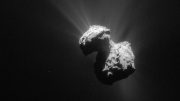

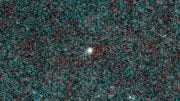

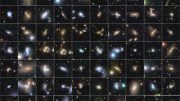
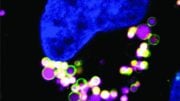

Be the first to comment on "Astronomers Reach an Important Milestone in the Study of Cluster Mergers"